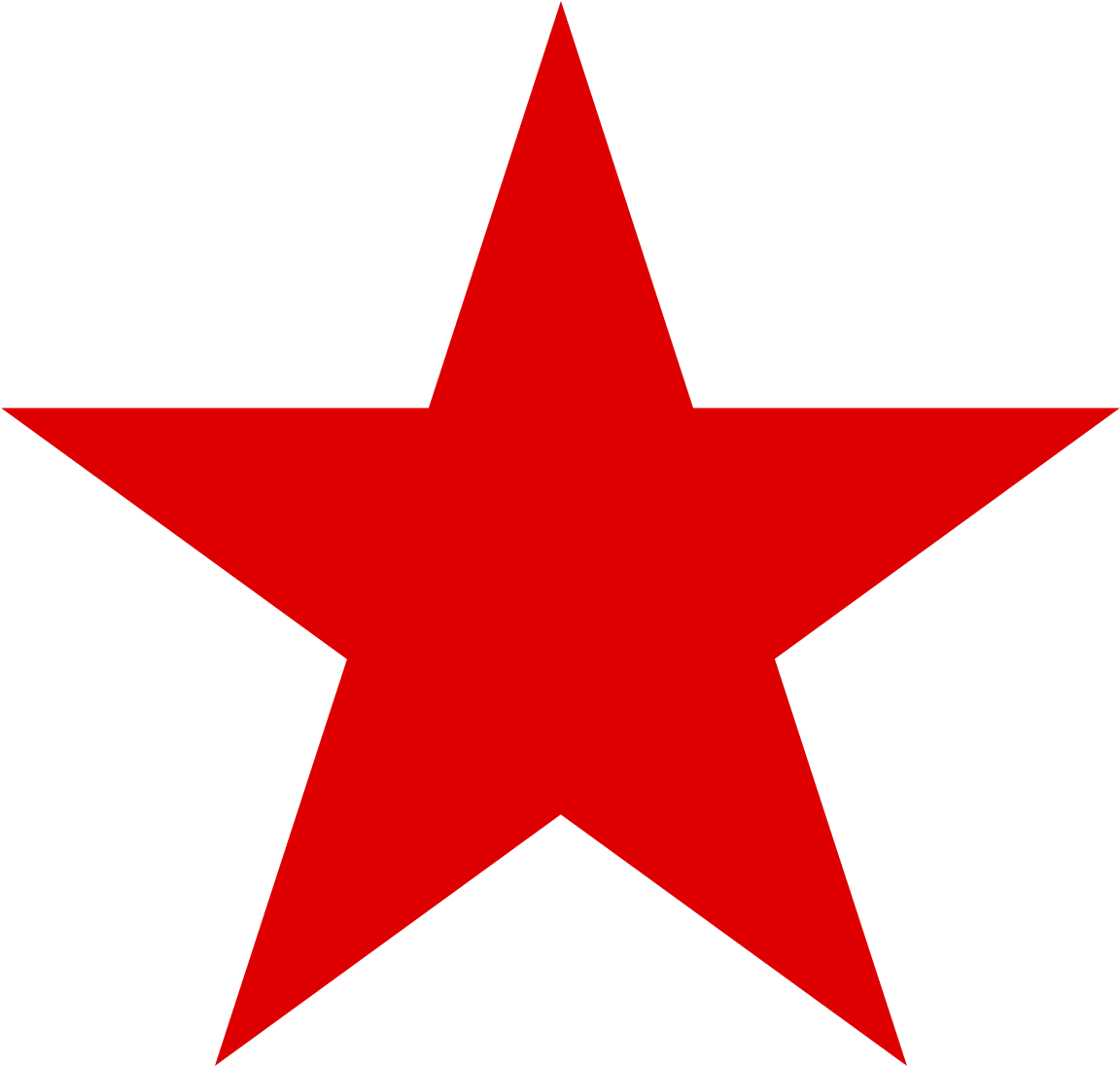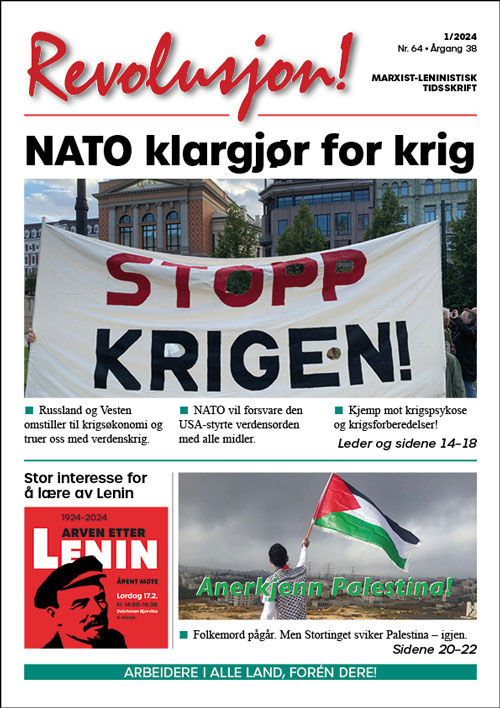The US ambassador to Norway, Barry White, has stated that the established Norwegian parties, i.e. from Fremskrittspartiet to Rødt ("Red"), would all fit into the Democratic Party in the USA. We seldom agree with US ambassadors, but in this specific case his observation is remarkably close to the truth.
Barry White to Aftenposten 23 Sep 2013
Following the September 9th national elections, the overtly right-wing parties of the bourgeoisie won a majority of the Norwegian votes. The outcome is a neo-liberal government constituted by the Conservative Party (Høyre) led by Erna Solberg and the right-wing populist Progress Party (Fremskrittspartiet) led by Siv Jensen. This will be the most reactionary government seen in Norway for decades.
Internationally, and especially in Europe, there is understandable amazement in view of the fact that the ultra-right can win the elections only two years after the fascist massacre on the Utøya island in the summer of 2011. As is known, the fascist culprit Anders Behring Breivik, was member of the Progress Party for a period some years prior to the killings.
However, what in the media is presented as a ”surge to the right” amongst the voters, is far from the whole truth.
Firstly, it must be noted that the Progress party in fact lost 12 of their seats in parliament compared to the previous election.
Secondly, the number of active voters was the lowest since 1927, declining to 71,4 per cent of the electorate. This low figure occurred despite a massive campaign directed mainly towards the youth, a failed attempt to urge people to run to the polling stations.
Thirdly, it is clear that eight years of rule by a coalition government trying to pose as ”progressive” and ”labour-friendly”, has smashed illusions among the working masses. The workers and youth are fed up with this two-faced “red and green” government coalition led by the Social-Democratic party2 and including the Socialist Left Party (SV – Sosialistisk Venstreparti) as well as the Centre Party (of the rural petty bourgeoisie). This time even the trade union members did not allow themselves to be mobilized in support of the government, contrary to the situation in 2005 and 2009.
Quite inconsistent with its ”red and green” rhetoric, the Jens Stoltenberg government has surpassed all its predecessors when it comes to militarization and waging of war against other peoples; the war on Libya being the latest and most brutal example. It has implemented anti-labour directives from the EU1 which the two minor coalition partners promised their electorate that they would block; the social gap between the rich and the poor has increased dramatically during Jens Stoltenberg’s reign in power; his government has accentuated the attacks on the environment and once again proved to be a mere tool of the mining and oil monopolies, and so on and so forth.
Mainly due to its petro-driven economy, Norway has until now escaped the grip of the European economic crisis. But this situation is volatile. Unemployment is on the rise, a housing bubble is about to burst and long-term pensions have been sliced. Nonetheless, there is an unmistakable sense of political apathy in large sectors of the population still believing that Norway is a "safe haven" compared to the European continent. This partially explains the fact that there is no real popular alternative challenging the system, not to mention a socialist class alternative. But also the parties of the “left” bear heavy responsibility for this situation, especially SV. They have totally compromised themselves by supporting the right-wing Labour party and its government in service of monopoly capital and imperialism, thus producing political indifference. The working people have had enough of this double dealing. For SV and the party “Red” (Rødt)3, the election was a total disaster.
The US ambassador to Norway, Barry White, has stated that the established Norwegian parties, i.e. from Fremskrittspartiet to Rødt, all would fit into the Democratic Party in the US of A. We seldom agree with US ambassadors, but in this specific case his observation is remarkably close to the truth.
An advancing crisis and planned attacks on the workers, youth and women from a new reactionary government, will inevitably lead to sharpening class contradictions in the months ahead. The Norwegian Marxist-Leninists (Communist platform – KPML) are therefore advocating the need to create new popular alternatives that challenge the capitalist system and defend democratic and union rights.
The leaderships of the leftist reformist parties are more or less compromised. Their goal is neither socialism (a word they hardly mention) nor class struggle, but to be part of the talk-shows in the bourgeois parliament. What is needed are new, broad and progressive alliances that offer a genuine challenge to the capitalist system and may start waging a class struggle against the bourgeoisie and its political puppets. The first steps need to be taken in order to build a united workers’ front and a broader Popular front.
Although very limited in numbers and resources, the Norwegian communists, along with other forces fighting for the interests of the working class, will shoulder their responsibility to make new alliances for struggle come into being.
Notes
1) Norway is member of the European Economic Area, but not of the European Union.
2) Arbeiderpartiet (Labour party)
3) Rødt is a merger of different leftist currents, sometimes even presenting itself as "communist", but in fact the party today shares the same left reformist ideology as SV. SV almost fell out of parliament with only 4,1 per cent of the votes. After the election the question of merging the two parties is being broadly debated.

